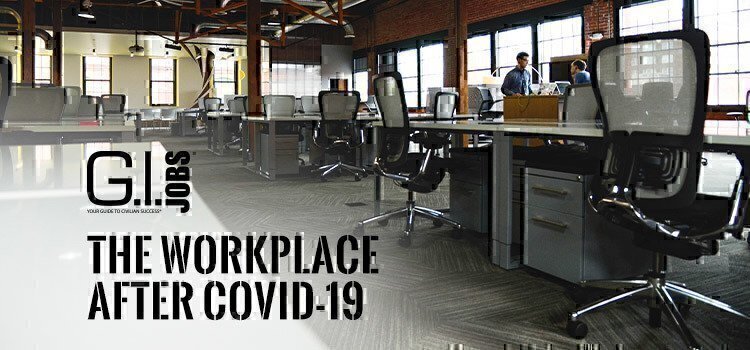As the COVID-19 outbreak continues to grip the world with no end in sight, many people are starting to wonder when things will go back to normal. But what does “normal” even mean anymore? The reality is that things are unlikely to go back to the status quo that existed prior to the pandemic, including the workplace.
The Work from Home Revolution Will Be Live Streamed
The pandemic, while precarious and scary, has given us an impromptu experiment on the efficacy of working from home. Companies had to quickly shift their employees to a work-from-home model. Video conference solutions have allowed teams to stay in contact and collaborate as if they were still in the office and productivity probably saw minimal decrease, if any. Here’s the thing, though: All of this was possible prior to COVID-19, yet some leaders opposed the concept of allowing employees to work from home. The myth was “If you’re not in the office, I can’t see you and that means I can’t verify if you are actually working.” Yet here we are. Decisions are made faster; meetings don’t take quite as long for some reason and people are experiencing work-life balance in a way they probably didn’t imagine prior to the pandemic. After we get past COVID-19, whenever that may be, companies will have to fully and enthusiastically embrace work from home options for their employees. Those that don’t will struggle to remain competitive. Companies may even be forced, in some cases, to offer work from options because some people may refuse to return to the office, especially since a COVID-19 vaccine is not likely to be developed any time soon.
Facility Expenses May See a Decrease
One major overhead expense for a company is facility management and maintenance. As this virtual workforce experiment continues, companies may consider cutting costs elsewhere to make up for shortfalls incurred during the pandemic. Facility costs, including rent or mortgages payments, as well as utilities, may be reduced or eliminated. The pandemic is proving that “the office” is more associated with their employees, not a physical space. If I oversaw a company where it didn’t matter whether I had a physical building, I would seriously consider my options on eliminating that cost.
There Are Downsides
A few years ago, I had a buddy that retired from the Army and landed a job that was 100% work from home. He didn’t like it. It wasn’t long before he left that job to accept a position where working from home was more optional. While working from home has many benefits, it’s not for everyone. Some people can’t focus or focus too much. Not to mention that some industries simply can’t implement work from home options at all. Manufacturing companies need factories, some elements of health care can’t be done remotely and law enforcement professionals can’t work remote. So maybe the solution is not necessarily a return to the status quo, but maybe a hybrid solution that works more for the masses. Either way, things will not be the same.
READ NEXT
11 Things to Keep You Occupied & Productive During Quarantine
7 Movies to Watch While Quarantined
The Marine Corps Tested a Skateboard Unit in the 1990s







